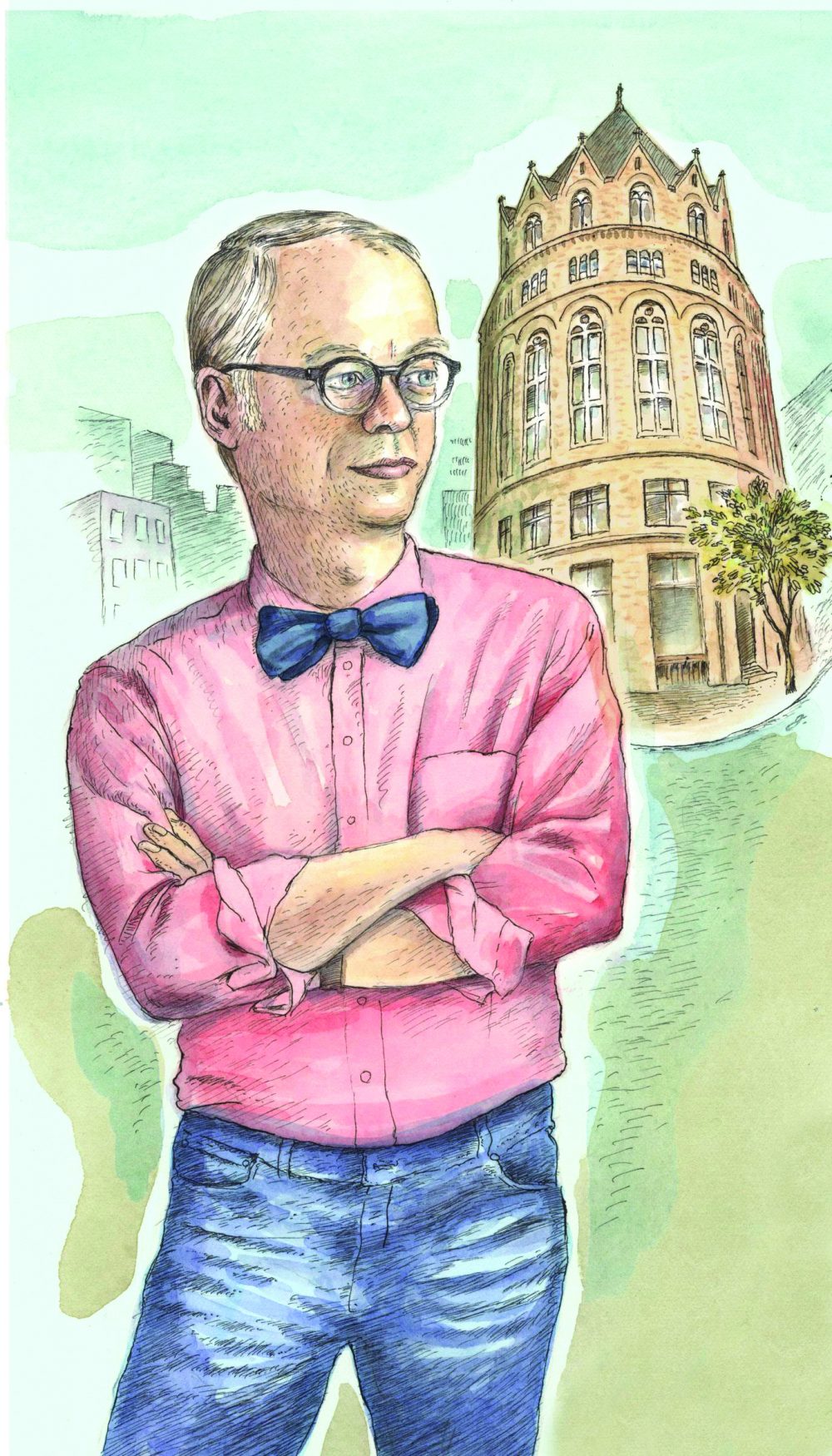Your email address is required to begin the subscription process. We will use it for customer service and other communications from Milk Street. You can unsubscribe from receiving our emails at any time.
Life Among the Ruins
Back to May-June 2020

Sunrise in Mexico City. We drive south to Xochimilco, an area famous for 100 miles of interconnected Aztec canals that run between artificial islands called chinampas. These floating islands (they no longer float; plants have rooted down into the bottom of the shallow lake) are used for agriculture: cactus, corn, beans, amaranth, and flowers. The islands are narrow but they reach back a few hundred feet from the canals which are kept clear with giant rusted mechanical dredgers that churn up lily pads and other growth that chokes the narrow waterways. Mexico City is a valley at 6,000 feet, built on a lake, and these canals used to run into the center of the city, providing transportation for produce grown on the islands.
In a pale pre-dawn glow, we finally spot the parking lot next to the boats which is home to stray dogs – they circle, unsteady, chary of humans. The flat-bottomed barges – they curve upwards at both ends – are partially roofed and run 40 feet long with a small outboard for power. Eduardo Garcia, chef/owner of Maximo is waiting for us along with a few kitchen staff, a large pot of soaked beans, and a cooler filled with chilies, tomatoes, and other ingredients – we are headed to a small island to prepare Eduardo’s famous beans for lunch.
It’s chilly on the water despite the weather report that promises a sunny day. The guide running the outboard is hunched and wrapped in a thick gray parka; the rest of us are huddled together on wooden benches. The water is thick and brown; the volcanic mud underneath is rich with nutrients which makes these islands ideal for agriculture. We are on a working barge, not one of the brightly painted tourist boats, and we pass lone workers, poling up the canal in small skiffs. Mist hugs the canal but the tops of scraggly trees are now bright in the sunrise. Pelicans swoop low over the water, long feet dragging. Ducks swoosh off in flights, just above the water, until they land back on the canal, a hundred yards behind us. We turn left, into a smaller channel, directly into the rising sun. Rows of cactus appear on the right and we finally turn into a small dirt embankment, the barge running right up to the shore. We unload, the cooking fires get started, and the day starts to warm.
Xochimilco makes me wonder if we are living among the ruins. The Aztecs who built these islands over 600 years ago constructed underwater fences made from woven reeds and then filled these areas with volcanic soil and vegetation until an island emerged above the lake. Years ago I visited the Mayan ruins in the Yucatan at Uxmal and Chicken Itza and, years later, Tikal in Guatemala. I remember climbing down from the top of a pyramid in Tikal in late afternoon, into the jungle twilight, and met a woman sitting by a small wood fire and purchased a tamale that she had cooked in a corn husk. Was I still in the same century?
The beans finish simmering in an earthenware cazuela, we heat up a comal and roast salsa ingredients, a sofrito is quick-cooked and then added to the beans at the end of cooking. Short on implements, the salsa is made using the bottom of a beer glass, Eduardo crushing the chilies and tomatoes in a metal bowl.
The beans are a revelation – saucy, flavorful and bright with sofrito and salsa. Like campers, we eat the beans using small blue corn tortillas folded up as makeshift spoons. Cold beer is poured. The sun is warm. I had come 5,000 miles to eat beans on a small island constructed by the Aztecs before Europe had entered the Renaissance.
That evening, back in the La Roma district of Mexico City, I eat at La Capital: shrimp cebiche with mango, jicama and pumpkin seeds followed by duck enchiladas in a complex mole negro. There is great Italian food at Rosetta, new classics at Eduardo’s own Maximo, and some of the best street food in the world including the now famous chilaquiles sandwich with breaded chicken, black beans, chilaquiles, pulled pork, pickled onions and sliced chilies. Mexico City is home to 18 million, almost 30 million if you count the entire valley, and it’s a ragtag mix of traffic jams, energy, neighborhoods, rich, poor, and exuberant growth in all directions.
The detritus of history persists: Roman roads, amphitheaters, and aqueducts; Istanbul’s Hagia Sophia and the stunning Basilica Cistern, both built in the sixth century; and more ancient ruins as well - the Ziggurat of UR in Iraq, built in 2000BC. Ur itself was part of the Mesopotamian Empire that dates back to 3800BC. As I walk around Zocalo, the central square In Mexico City, I see the ruins of an Aztec temple with a few brightly dressed locals dressed as warriors and burning incense. This is as remote from real Aztec life as Ben Hur was from Rome in its heyday.
The real Mexico City is not to be found in Aztec temples – it’s on the street. The food, the motley stew of languages and dialects from around the world, the struggles and joys of daily life, and the first bite of a food-cart pork taco with avocado salsa, cilantro, raw onions and chilies.
Life goes on among the ruins.

